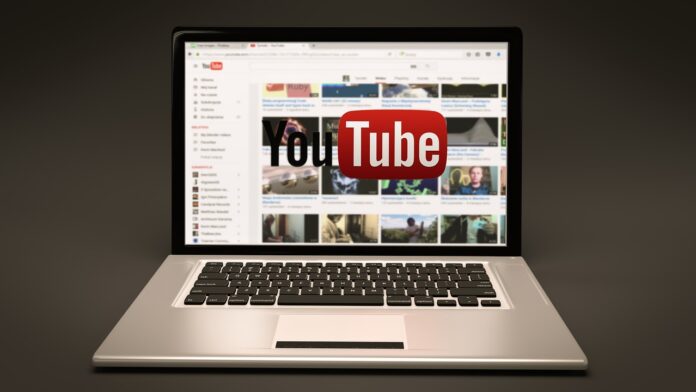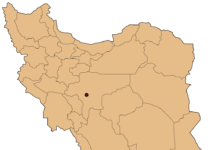In a heart-wrenching revelation, the death toll resulting from YouTube blackout challenges has surpassed 1400, bringing attention to a distressing trend. Disguised as harmless entertainment, these challenges have tragically taken the lives of numerous young individuals, leaving shattered families and mourning communities in their wake.
Among the affected is Annie McGrath, a grief-stricken mother from Madison, Wis. Her 13-year-old son, Griffin, an exceptionally talented and vibrant boy, fell victim to these challenges. Despite his academic prowess and passion for science, Griffin’s life was tragically cut short during an encounter with the blackout challenge, forever altering the lives of those who cherished him.
While challenges on social media platforms captivate millions with daring and humorous stunts, the consequences can be dire, as exemplified by the blackout challenge. Participants attempt to hold their breath until they lose consciousness, often recording and sharing these endeavors online, leading to viral spread.
During an NPR exclusive interview, Annie McGrath conveyed her astonishment upon realizing the life-threatening nature of these challenges. “Challenges were not unfamiliar to us,” she disclosed, “but I was completely unaware that some of them could be fatal.”
According to Erik’s Cause, a nonprofit organization founded by Judy Rogg, who tragically lost her own son to a choking game, the blackout challenge alone has claimed an estimated 1,385 lives. Unfortunately, accurate statistics are scarce as public health databases do not comprehensively track these activities.
As stated by Annie McGrath, the reported numbers merely skim the surface, as she believes, “Only individuals who approach the media or connect with one another are the ones we are aware of.” This serves as a stark reminder of the urgent need to swiftly and effectively address this epidemic.
Although YouTube spokesperson Brittany Stagnaro claims the company removes videos involving asphyxiation or choking challenges, Annie McGrath’s daily encounters with such content challenge this assertion. Disturbingly, some of these videos have remained on the platform for years despite being reported by concerned users.
As cases of death increase, YouTube and other social media platforms must recognize the gravity of this situation. We urge them to strengthen their efforts in proactively identifying and promptly removing content that promotes dangerous challenges, ensuring the safety and well-being of young viewers.









